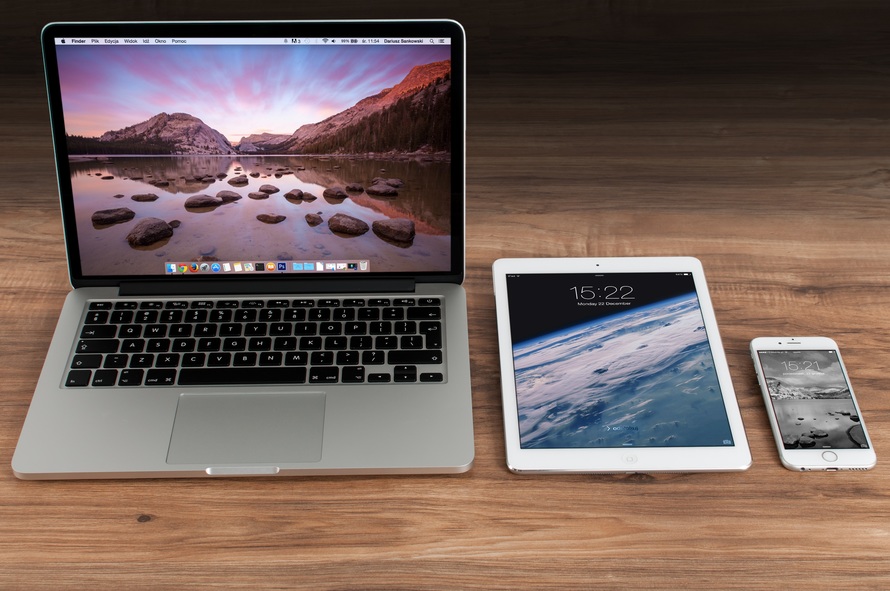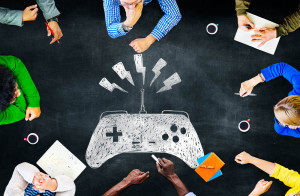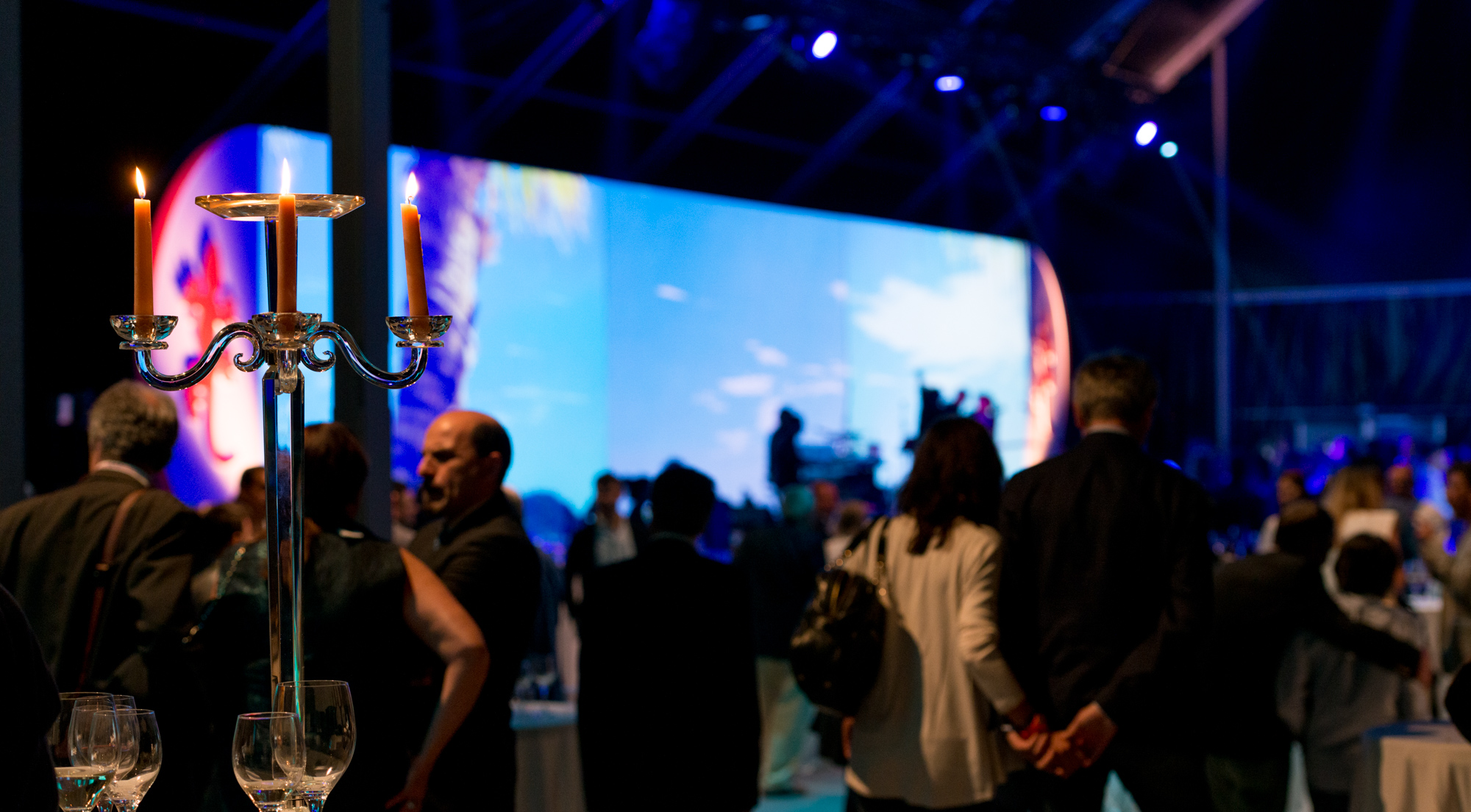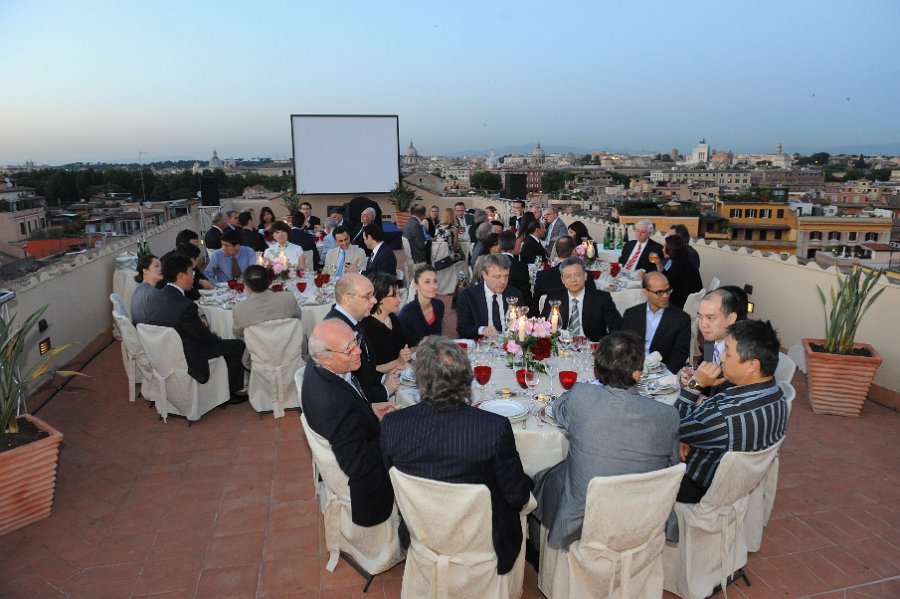During the first era of event tech innovation – the late 1990s and early 2000s – the events industry saw massive improvements in specialized, computer-based software for event management/planning and hotel/venue management. During this era, we also saw the first online event software applications for things like event registration/ticketing and event marketing.
So what makes this new era in event technology innovation so different? And why should you care?
Here are 5 critical things you should to keep in mind as you evaluate event tech tools.
Simplicity and easy-of-use
- Big benefits – Shorter learning curves; faster adaption of technology by all team members
- Potential drawbacks – None, really
Now, event pros simply don’t have time to read manuals and spend hours and hours in training sessions to learn how to use software applications. We are used to the ease and simplicity of smartphone apps. We are accustomed to user interfaces that are intuitive and self-explanatory (thanks to Apple). And we want to put new event technologies into practice immediately so we can start seeing the benefits now.
(Almost) everything is online
- Big benefits – Automatic software updates; no software installation or maintenance on your computer/server; automated data backups
- Potential drawbacks – Limited or no access to data if you aren’t connected to the Internet
With online software you may not be able to access your data if you aren’t connected to the Internet; however, high-speed access is better and more ubiquitous than ever. And, yes, if your data is in the cloud, there is always the possibility of it being compromised by a hacking attack.
But you have the same risk with your data installed on your Internet-connected computer. So all these things pretty much cancel each other out.
Data and software access across all devices
- Big benefits – Anywhere, anytime data access; data portability
- Potential drawbacks – Screen size limitations on smartphones; limited functionality for certain applications
10 years ago, smart phones were still glamorized cell phones. 5 years ago, smart phones and tablets gave us cool apps and games plus mostly reliable on-the-go Internet. Today, smart phones and tablets give us anytime access to lots of data wherever we are.
Event software companies are taking two paths when it comes to making their applications and data available on tablets and smartphones:
- Native app versions of their software for Apple and Android devices; or
- Mobile Web browser versions of their software that you can access through the Web browser on your smartphone/tablet.
And both options are viable because of the advances in mobile Web browsers to load and display data.
What trends are you seeing in event technology and event management software? Provide your feedback in the comments below.













